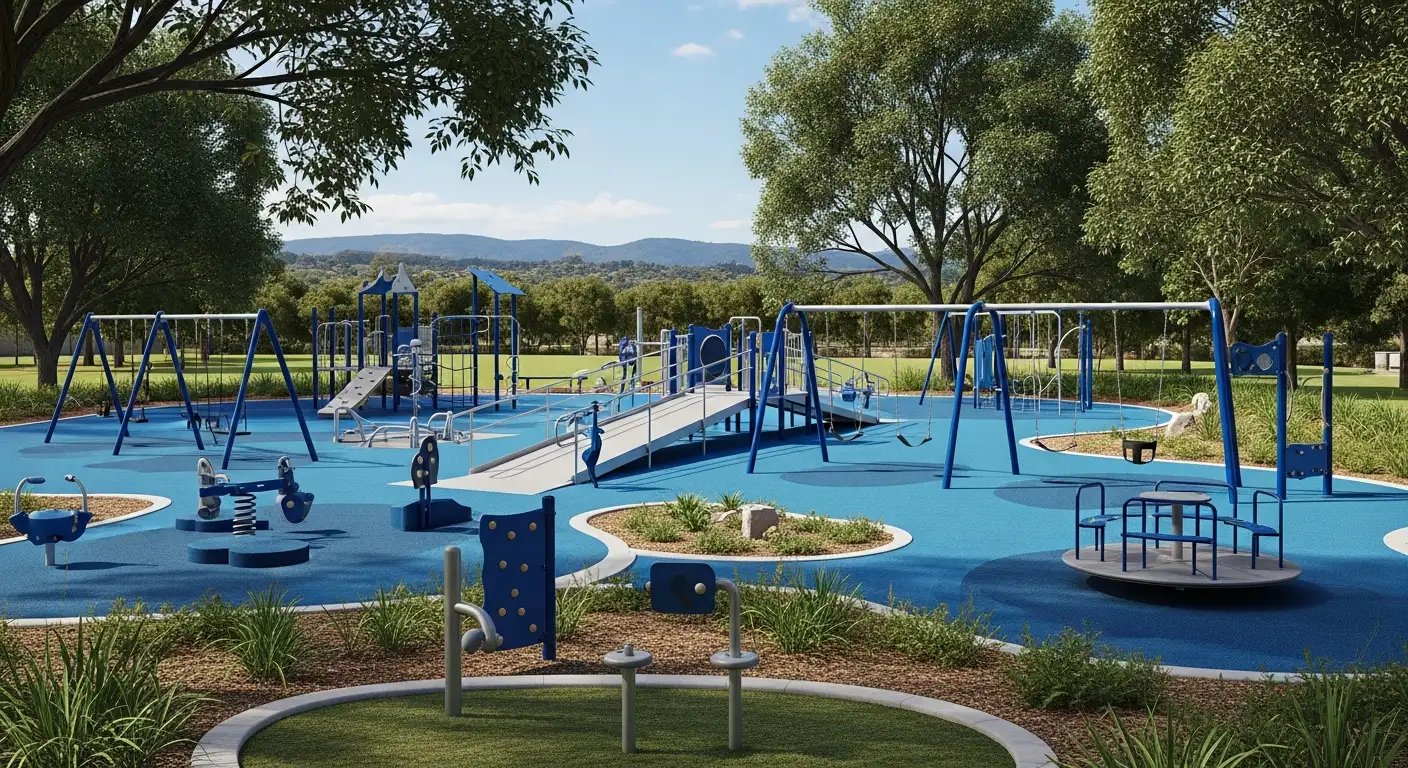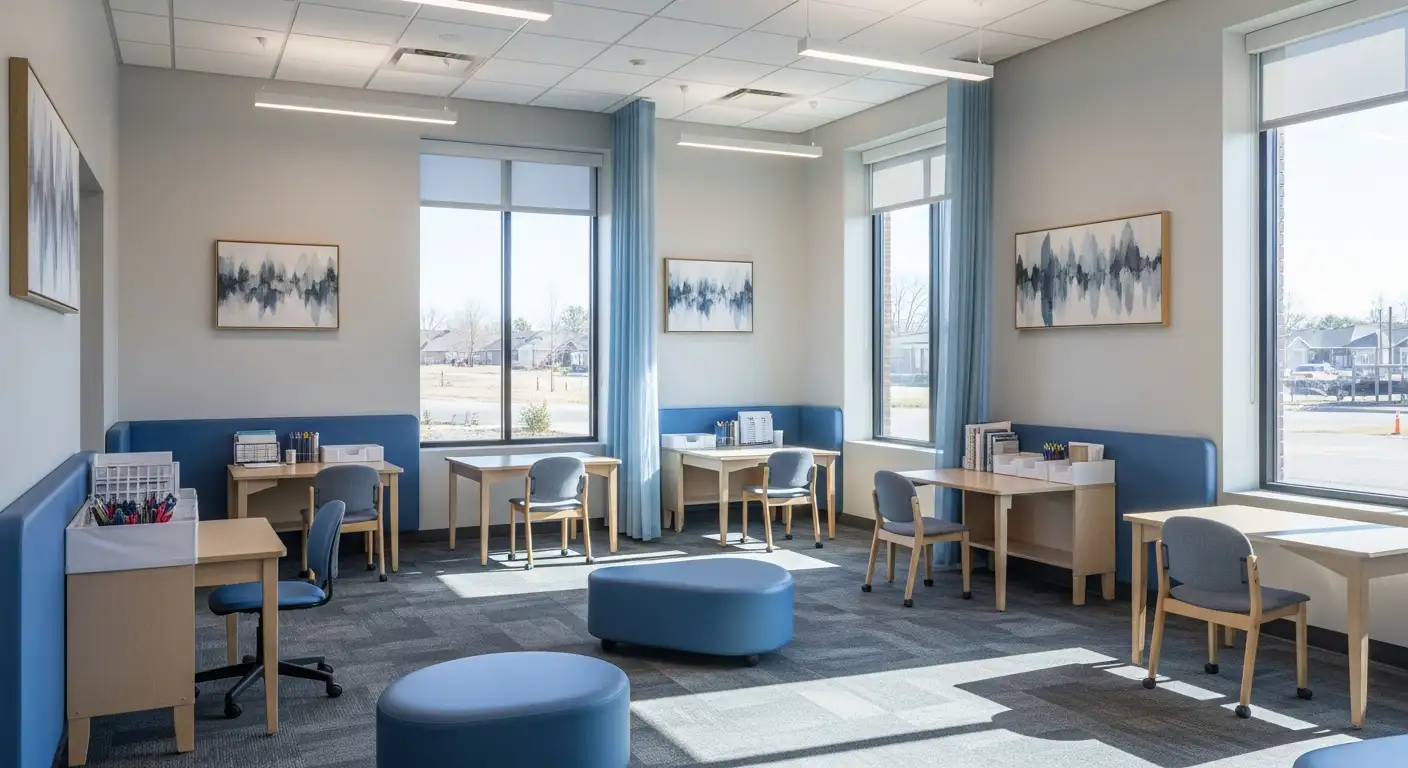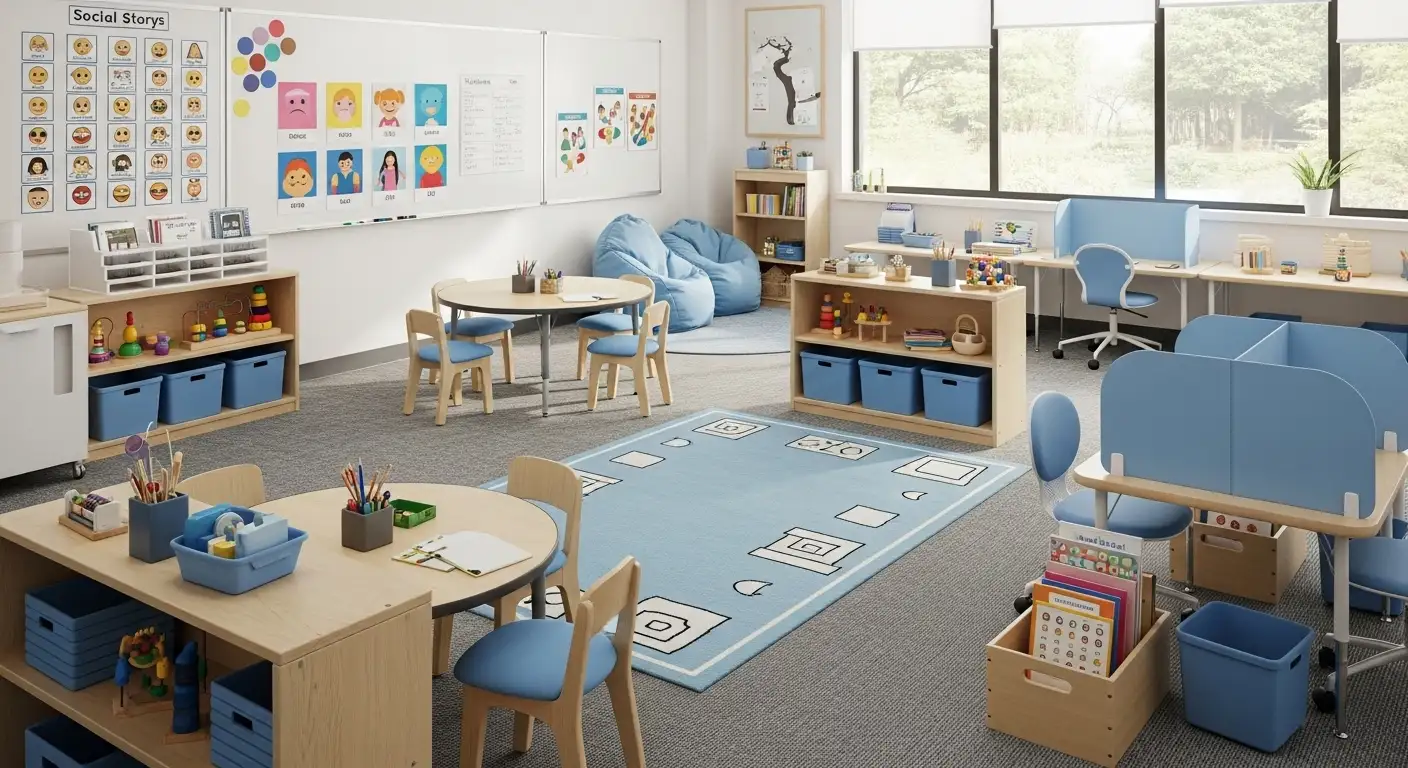Autism Evaluation
Understanding the Pathway to Autism Diagnosis

The Importance of Early and Accurate Autism Evaluation
Autism spectrum disorder (ASD) is a complex neurodevelopmental condition characterized by social communication challenges and repetitive behaviors. While there is no single medical test for autism, comprehensive evaluation and early detection are crucial for accessing timely interventions that can significantly improve outcomes. This article explores the various steps, tools, professionals, and resources involved in the autism evaluation process, emphasizing the importance of early diagnosis and ongoing support.
The Role of Developmental Monitoring and Screening

Developmental milestones and observation
Developmental monitoring is an ongoing process where parents, caregivers, and professionals observe a child's growth and development. This process involves watching for key milestones in social, communicative, and behavioral skills over time. Regular observation can help identify early signs of autism spectrum disorder (ASD), such as limited eye contact, delayed speech, or repetitive behaviors.
Periodic screening recommendations
Apart from ongoing monitoring, formal developmental screening is recommended at specific ages to detect potential issues early. According to guidelines from the Centers for Disease Control and Prevention (CDC), children should undergo screening at 9, 18, and 30 months, with particular emphasis on ASD screening at 18 and 24 months. Screening tools like the Modified Checklist for Autism in Toddlers, Revised (M-CHAT-R) are widely used during these visits to flag children who may need further assessment.
The significance of early screening at specific ages
Early detection of autism, sometimes as early as 18 months or younger, can significantly influence the child's developmental trajectory. Diagnosing ASD by an experienced professional around age 2 allows for the initiation of targeted interventions during a period when the brain exhibits high plasticity. This timing is critical because early intervention—such as applied behavior analysis (ABA), speech therapy, and occupational therapy—can lead to notable improvements in social skills, language, and adaptive behaviors.
Early screening and developmental monitoring enable healthcare providers to identify warning signs sooner, providing families with the support and resources needed to promote optimal development. Ultimately, these early efforts reduce long-term challenges, increasing independence and enhancing quality of life for autistic individuals.
| Aspect | Details | Additional Notes |
|---|---|---|
| Monitoring Method | Observation by parents, caregivers, professionals | Continuous, real-world awareness |
| Screening Tools | M-CHAT-R, ASQ, SACS-R, SCSQ | Used at routine checkups from 9 to 30 months |
| Critical Ages | 9, 18, 24, and 30 months | Focus on early signs of ASD |
| Benefits of Early Detection | Access to early intervention, improved outcomes | Especially effective if diagnosed before age 3 |
| Professional Role | Pediatricians, psychologists, specialists | Conduct formal assessments and follow-up |
Understanding developmental milestones and adhering to screening recommendations are vital components of early autism detection. When signs are observed and checked at recommended ages, families can access early services that support better developmental outcomes.
Screening Tools for Autism in Different Age Groups

Are there standardized questionnaires or screening tools for autism?
Yes, there are several standardized questionnaires and screening tools designed to identify potential signs of autism spectrum disorder (ASD) across different age groups. These tools help healthcare professionals and parents to spot early indications of autism and determine whether a more comprehensive assessment is necessary.
One of the most widely used screening tools for very young children is the Modified Checklist for Autism in Toddlers, Revised (M-CHAT-R). This questionnaire is intended for children aged 16 to 30 months and contains 20 yes/no questions that assess common early signs of autism, such as difficulties in social interaction and communication, or unusual interests and behaviors.
For children aged 12 to 60 months, the Social Attention and Communication Surveillance (SACS-R) and the SACS-Preschool (SACS-PR) screening tools are frequently employed. These assessments are typically administered by trained professionals who observe and evaluate social behaviors, communication skills, and developmental milestones during routine check-ups.
School-aged children can be screened using tools like the Social Challenges Screening Questionnaire (SCSQ). This questionnaire can be completed by parents, educators, or medical professionals to identify potential social and behavioral challenges associated with autism.
For adolescents and adults aged 16 and older, the Autism Spectrum Quotient (AQ) Test is available. This self-administered questionnaire measures autistic traits and tendencies in individuals with an IQ over 80, providing insights into the presence and extent of traits associated with ASD.
It's important to understand that a positive result on any of these screening tools does not mean a definitive diagnosis of autism. Instead, these tools indicate whether further assessment by healthcare professionals is warranted. Early detection through screening can lead to earlier interventions, significantly enhancing developmental and social outcomes for children at risk.
| Age Group | Screening Tool | Designed For | Notes |
|---|---|---|---|
| 16-30 months | M-CHAT-R | Toddlers | 20-question parent questionnaire |
| 12-60 months | SACS-R & SACS-PR | Young children | Administered by trained professionals |
| School-aged | SCSQ | Children in school | Completed by parents, educators, or professionals |
| 16+ years | AQ Test | Teenagers and adults | Self-assessment for autistic traits |
By using these screening tools appropriately, early signs of autism can be identified, and children or adults can be directed toward comprehensive evaluations for diagnosis and support.
From Screening to Diagnosis: The Evaluation Process
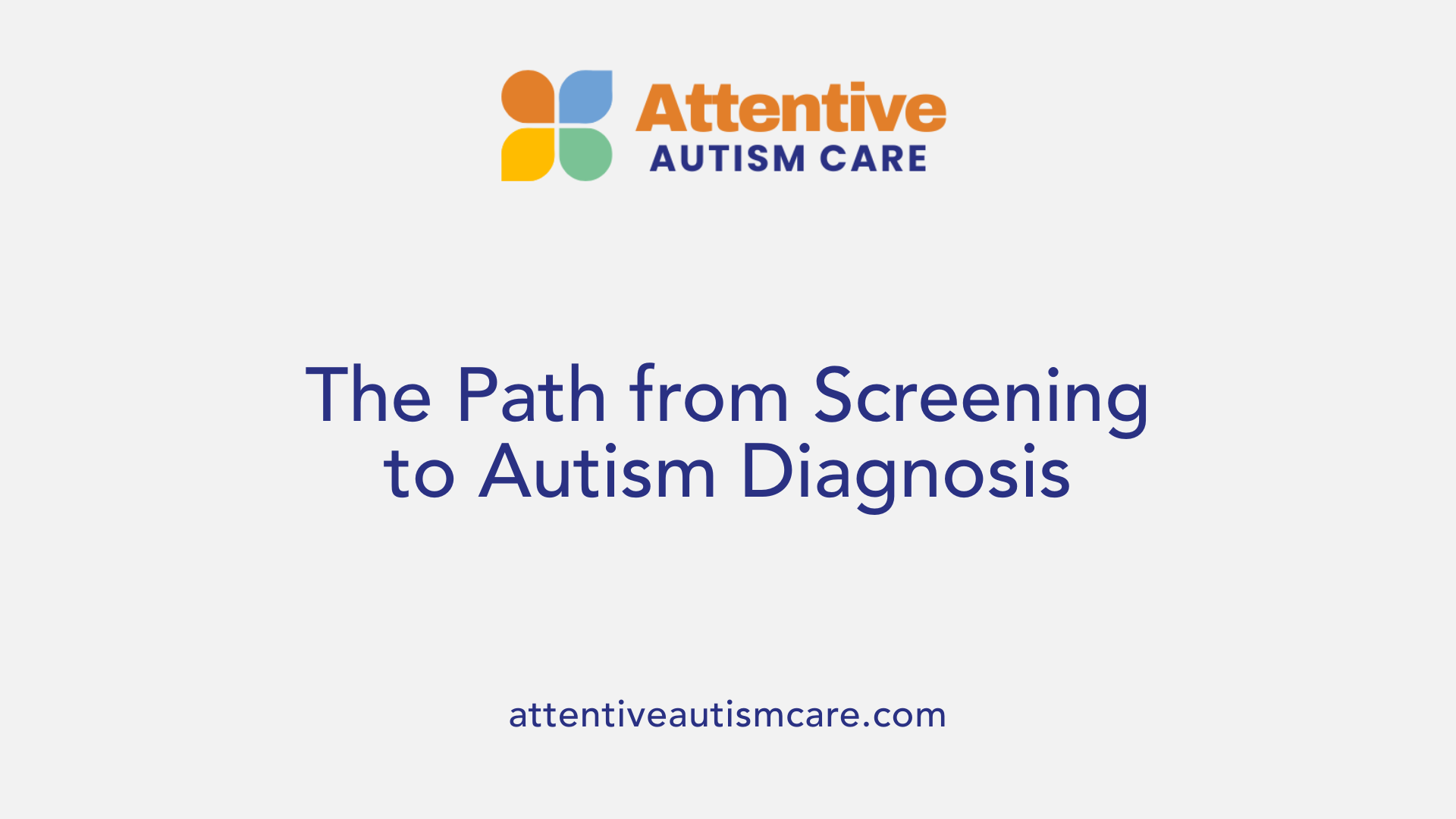
What are the steps involved in autism screening and diagnosis?
Identifying autism spectrum disorder (ASD) typically involves a series of organized steps, beginning with ongoing developmental monitoring. Parents, caregivers, and health professionals continuously observe a child's growth, social skills, and communication abilities over time, noting any potential concerns.
At specific ages, formal screenings are conducted to detect early signs of autism. These screenings are recommended during well-child visits at 9, 18, and 30 months, with particular emphasis on ASD screening at 18 and 24 months. Tools like the Modified Checklist for Autism in Toddlers, Revised (M-CHAT-R), are common for these assessments. If a screening indicates a higher risk, a more thorough evaluation is carried out.
This comprehensive assessment involves specialists such as psychologists, developmental pediatricians, or speech therapists. They conduct observations, administer structured tests like the Autism Diagnostic Observation Schedule (ADOS), and interview caregivers to gather detailed information about the child's communication, social interactions, and behavior patterns.
The culmination of these steps is the application of diagnostic criteria from the DSM-5. Clinicians analyze the child's developmental history, observed behaviors, and how these impact daily functioning to arrive at a formal diagnosis. Since autism presents with a wide spectrum of behaviors, multiple professionals often collaborate to ensure the accuracy and reliability of the diagnosis.
This structured process ensures early and precise detection, which is crucial for initiating timely interventions that can significantly improve developmental outcomes and quality of life for autistic individuals.
| Step | Method | Details |
|---|---|---|
| Developmental Monitoring | Ongoing observation | Conducted by parents, caregivers, and professionals to track development over time |
| Formal Screening | At recommended ages | Using tools like M-CHAT-R, ASQ, PEDS; conducted during well-child checks at 9, 18, and 30 months |
| Comprehensive Evaluation | Specialist assessment | Includes structured tests (e.g., ADOS), interviews, and clinical observations |
| Diagnostic Criteria | DSM-5 | Based on core symptoms, developmental history, and functional impact |
Early detection through this process is vital, as it enables access to interventions that can improve communication, social skills, and overall development.
Evaluating Autism: Tools and Professional Involvement
 Healthcare professionals evaluate individuals for autism through a thorough and multi-faceted approach that emphasizes behavioral observation and structured testing. Since there is no medical blood test or brain scan for autism, diagnosis hinges on carefully assessing developmental history and behavioral patterns.
Healthcare professionals evaluate individuals for autism through a thorough and multi-faceted approach that emphasizes behavioral observation and structured testing. Since there is no medical blood test or brain scan for autism, diagnosis hinges on carefully assessing developmental history and behavioral patterns.
The evaluation process begins with collecting detailed histories from parents or caregivers, focusing on early developmental milestones, social interactions, and communication skills. This information helps identify delays or atypical behaviors that may signal autism.
Professionals then observe the individual across different settings, noting behaviors related to social engagement, communication, and repetitive actions. To standardize these observations, they often utilize specific screening and diagnostic tools. Commonly used instruments include the Modified Checklist for Autism in Toddlers (M-CHAT-R), the Autism Diagnostic Observation Schedule (ADOS), and the Autism Diagnostic Interview-Revised (ADI-R). These tools are administered by trained experts such as psychologists, pediatricians, speech and language therapists, and developmental specialists.
The assessment may also involve additional evaluations like cognitive, language, and adaptive functioning tests. A multidisciplinary team reviews all gathered information—behavioral assessments, developmental history, and sometimes genetic testing—to determine whether the individual meets criteria for autism spectrum disorder based on the DSM-5 or ICD-11 guidelines.
It’s important to emphasize that, despite the extensive evaluation process, no biological or laboratory test currently exists for autism diagnosis. The reliance on behavioral observations and professional judgment underscores the importance of early screening and continuous developmental monitoring.
Timely detection through these assessments allows for early intervention, which can significantly improve long-term outcomes for individuals with autism. Recognizing the signs during routine checkups and following up with comprehensive evaluations is crucial for accessing appropriate support and services.
Assessment Procedures and Diagnostic Criteria in Autism Evaluation
What assessment procedures and diagnostic criteria are used in autism evaluation?
Diagnosing autism spectrum disorder (ASD) involves a careful and detailed process rooted in established behavioral and developmental criteria, primarily outlined in the DSM-5 (Diagnostic and Statistical Manual of Mental Disorders, Fifth Edition). Since there is no blood test or medical scan that can confirm ASD, clinicians rely on behavioral observations, developmental history, and standardized assessment tools.
The core diagnostic criteria focus on persistent deficits in social communication and interaction, along with restricted and repetitive patterns of behavior. These symptoms must be present from an early age and interfere with daily functioning.
To support diagnosis, professionals gather comprehensive information through multiple sources. This includes parental reports, teacher observations, and direct interactions with the individual. Standardized tools such as the Autism Diagnostic Observation Schedule (ADOS) and the Autism Diagnostic Interview-Revised (ADI-R) are commonly employed. ADOS involves observing behaviors during structured social interactions, while ADI-R gathers detailed developmental history.
The evaluation process spans several steps:
- Developmental monitoring during routine checkups to observe growth and identifying early signs.
- Formal screening at specific ages, notably at 18 and 24 months, using tools like the Modified Checklist for Autism in Toddlers (M-CHAT-R).
- Comprehensive assessment by trained specialists, including psychologists, pediatricians, or neurodevelopmental experts, involving interviews, structured observations, and psychometric testing.
It is essential for professionals to rule out other conditions that may mimic or co-occur with ASD. This involves excluding other developmental or psychiatric disorders, such as language delays or attention-deficit/hyperactivity disorder (ADHD), that could explain similar behaviors.
The diagnosis is supported by a multidisciplinary team approach, with assessments tailored to each individual’s age and developmental level. The ultimate goal is to accurately identify the presence and severity of symptoms, enabling early intervention and appropriate support plans.
Resources, Support, and Follow-Up Services for Autism Evaluation
 Detection and diagnosis of autism spectrum disorder (ASD) involve various resources and support services tailored to meet children’s needs early on.
Detection and diagnosis of autism spectrum disorder (ASD) involve various resources and support services tailored to meet children’s needs early on.
Developmental screening programs are fundamental in early identification efforts. These programs, conducted during routine health visits, use tools like the M-CHAT-R, SACS-R, and AQ to screen children for potential signs of autism. If a screening indicates possible concerns, families are directed towards specialized autism assessment clinics. These clinics are staffed by specialists such as neurodevelopmental pediatricians, psychologists, speech-language pathologists, and other trained professionals who conduct thorough evaluations using standardized procedures like the ADOS-2 and ADI-R.
Early intervention services are accessible for children from birth to age three through state-funded programs. These interventions often include speech therapy, occupational therapy, behavioral therapy, and social skills training, aiming to enhance communication, motor development, and social interactions. Many of these services are provided at no cost or at a reduced fee for qualifying families.
For children over three years old, local education systems offer educational supports to foster development. By requesting evaluations via the 'Child Find' process, parents can secure special education services, Individualized Education Programs (IEPs), or 504 plans to support learning and development in school settings.
In addition to formal services, various organizations and online resources provide valuable information. Autism Speaks, for instance, offers the Autism Response Team—a free helpline and online resource platform—to assist families in navigating assessment options, supports, and community services.
Online screening tools are also available for preliminary purposes, encouraging families to seek professional assessments based on their results. Although these tools are helpful, they do not replace comprehensive evaluations conducted by qualified professionals.
Overall, families are encouraged to leverage these resources early on to facilitate timely diagnosis and intervention, which are critical in improving long-term outcomes for individuals with autism.
Evaluating Autism in Adults: Special Considerations
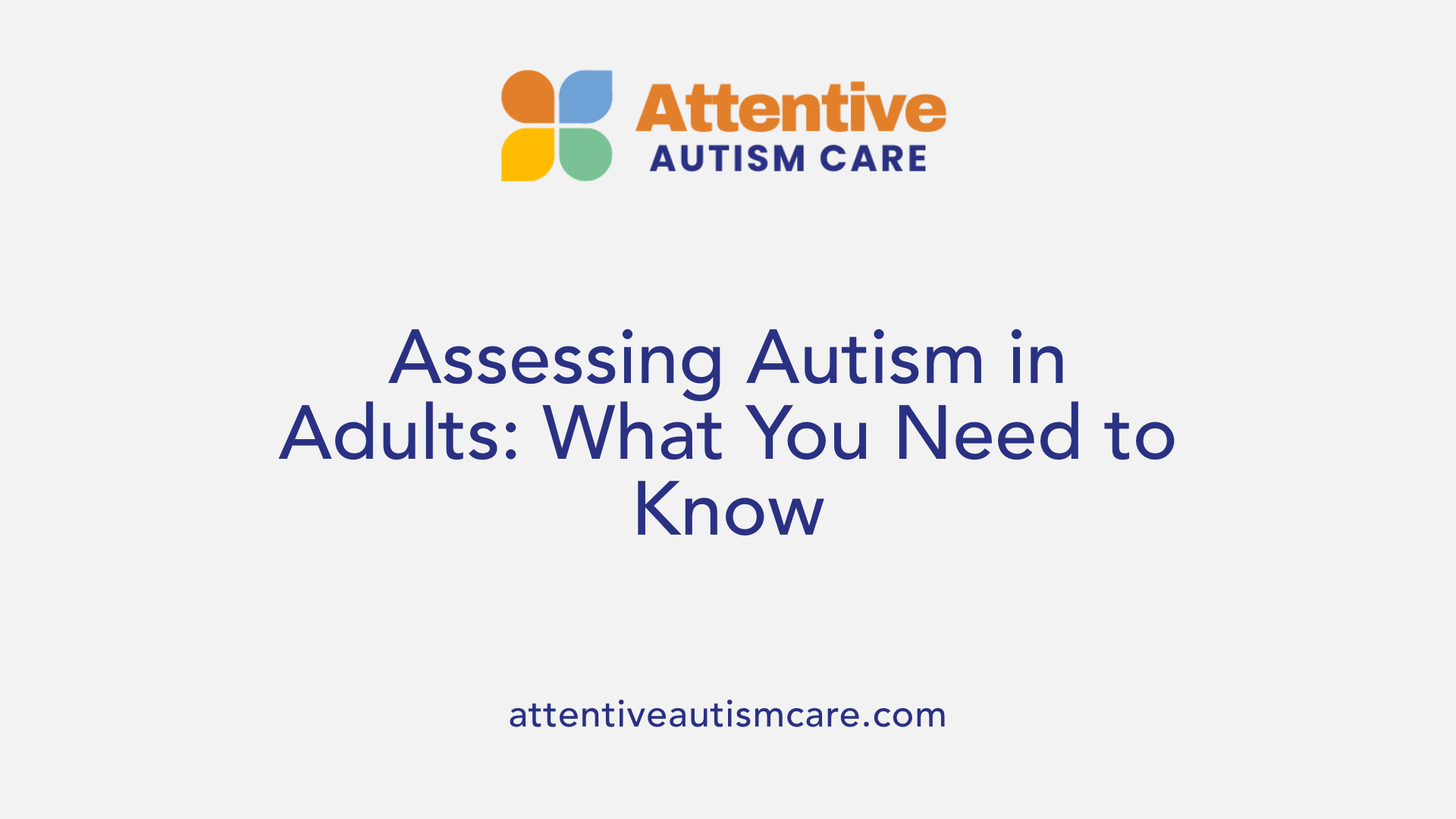
What are options for autism assessment for adults?
Assessing autism in adults often involves a comprehensive approach led by qualified professionals such as psychiatrists, psychologists, neuropsychologists, or social workers specialized in adult neurodevelopmental disorders. Since there is no single medical test for autism, evaluation mainly focuses on behavioral and developmental history, current functioning, and social communication skills.
Standard tools used by clinicians include the Autism Diagnostic Observation Schedule (ADOS) and the Autism Diagnostic Interview-Revised (ADI-R). These structured assessments evaluate social interaction, communication, and repetitive behaviors. Additionally, questionnaires like the Autism Spectrum Quotient (AQ-10) and other screening instruments can be useful preliminary steps to determine the likelihood of autism.
Many organizations provide resources, such as Autism Speaks’ Adult Diagnosis Tool Kit, which guides individuals through self-assessment and helps identify the need for a full evaluation. Online screening questionnaires are also available and can be a first step in seeking professional help.
During the assessment, professionals take a detailed history—covering developmental milestones and current challenges—and may observe the individual in real-time. In some cases, additional investigations like genetic testing or sensory evaluations might be recommended to understand underlying factors.
A formal diagnosis is based on criteria from the DSM-5 or ICD-11. Having a diagnosis can open access to support services, educational programs, employment accommodations, and disability benefits. Because adult assessments can be complex, involving multiple appointments and assessments, early engagement with experienced clinicians is highly recommended.
How do history-taking and questionnaires contribute?
In adult autism evaluations, history-taking is crucial. Clinicians inquire about childhood development, social functioning, communication patterns, sensory sensitivities, and current behaviors. Since many adults might not have documentation from childhood, professionals often rely on self-report and reports from family members or close contacts.
Questionnaires complement the interview process by quantifying traits associated with autism. Self-administered tools like the AQ-10, RAADS–R, or the Aspie Quiz help individuals understand their behaviors and traits and provide valuable data for clinicians.
These instruments are not diagnostic by themselves but help determine whether a formal detailed assessment is warranted. They also serve as useful tools for individuals to understand their experiences better.
How can adults access autism assessment services?
Accessing services often begins with a primary care provider or mental health specialist who can recommend further evaluation if autism is suspected. Many regions have clinics specializing in adult neurodiversity assessments, and some hospitals or mental health centers offer comprehensive evaluation packages.
Online directories and autism support organizations can help locate professionals experienced in adult diagnosis. It’s important to check credentials and ensure evaluators are trained in adult autism assessment.
Waiting lists vary depending on location, but early contact and preparation of relevant developmental history can facilitate timely assessment. Once diagnosed, individuals can explore tailored support options including therapy, social skills training, workplace accommodations, and peer support groups.
Understanding that diagnosing autism in adults requires patience and expert guidance ensures a smoother process and better outcomes for those seeking clarity about their neurodiversity.
Supporting Individuals with Autism Spectrum Disorder
Diagnosing autism spectrum disorder is a multi-faceted process that requires careful evaluation by trained professionals. Understanding the testing procedures, available resources, and the vital importance of early detection can empower families and individuals to pursue timely diagnosis and support. As awareness continues to grow, so does the accessibility of assessment tools, interventions, and community resources that can significantly enhance the quality of life for autistic individuals throughout their lifespan.
References
- Autism screening
- Screening for Autism Spectrum Disorder - CDC
- Screening & Diagnosis | Autism Society
- Autism Screening & Assessments
- Modified Checklist for Autism in Toddlers, Revised (M-CHAT-R™)
- Autism spectrum disorder - Diagnosis and treatment - Mayo Clinic
- Autism tests | Embrace Autism
- Clinical Screening for Autism Spectrum Disorder - CDC
- What Should an Evaluation for Autism Look Like? - Child Mind Institute































